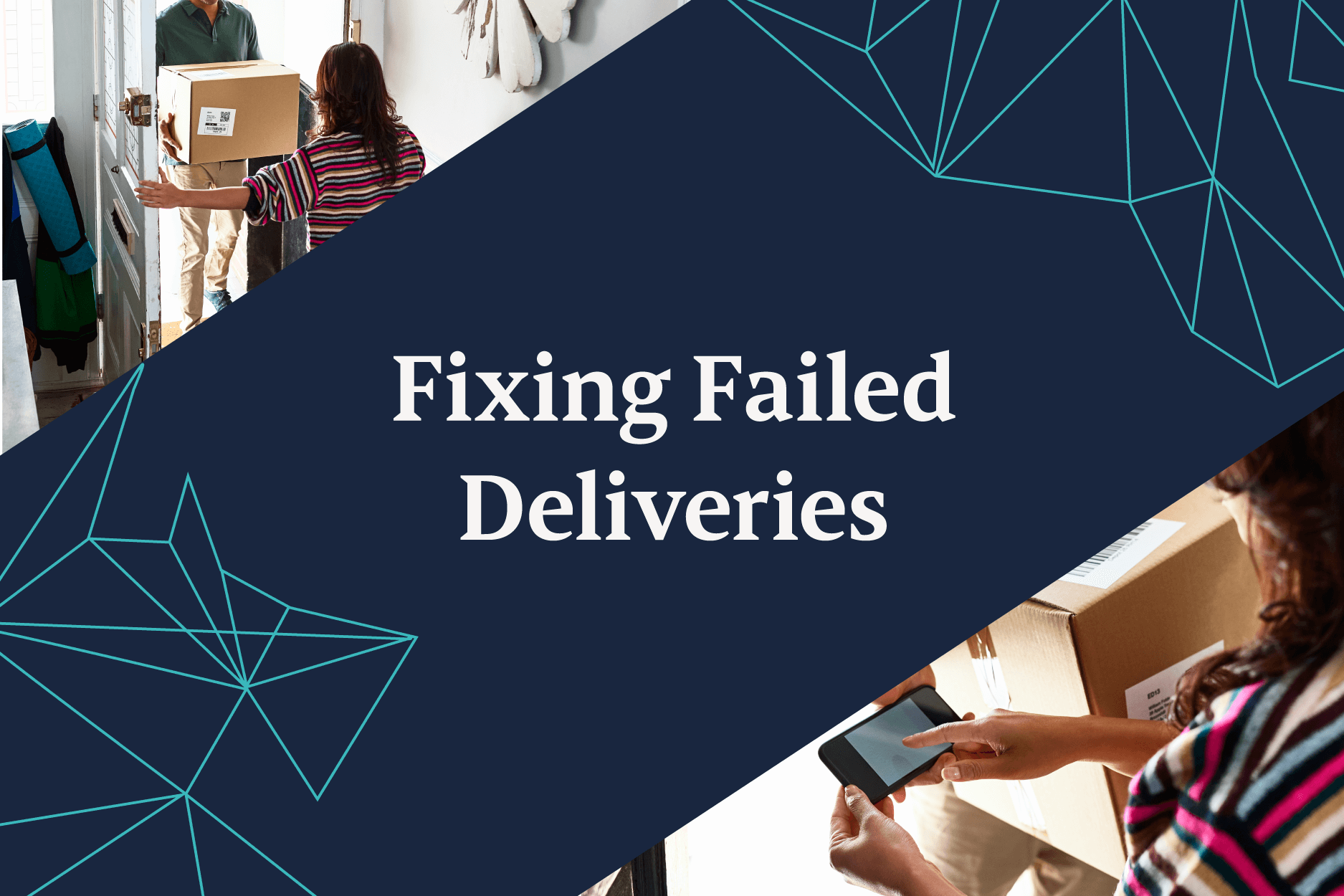Christmas in July: Retail Readiness From Prime Day to Christmas Morning

Prime Day, Amazon’s annual two-day sales event offering subscribers deep discounts, kicks off on July 11th at 3 AM ET and continues through Wednesday, July 12th.
Other top retailers and eCommerce providers will undoubtedly join the shopping frenzy, offering different promotions and discounts to capitalize on buyers’ enthusiasm for great deals.
It’s also a critical dry run for the impending holiday shopping season. In 2022, shoppers spent a record $211.7 billion online, a 3.5 percent year-over-year increase. This windfall propelled the retail industry to more than $132 billion in net profit.
Unsurprisingly, online shopping is an increasingly competitive ecosystem, requiring retailers and eCommerce platforms to contend across a variety of criteria to win over customers and outperform the competition.
Retailers can’t ignore three critical trends as they elevate customer experiences and optimize their offerings to support surging customer demand heading into this year’s high-stakes holiday shopping season.
#1: Next day delivery is 23 hours too long
When Amazon introduced free 48-hour delivery as part of its Prime shopping experience, the online retailer transformed logistics from a bug to a feature. The rapid, low-cost delivery times delighted customers prompting more people than ever to shop online.
Today, the 48-hour window feels outdated as consumers embrace a rapid delivery trend where orders are quickly fulfilled immediately after customers complete their purchases.
This trend was popularized during the recent pandemic as home-bound shoppers began placing delivery orders for everything from lipstick to laptops.
As rapid delivery grows in 2023, we will see a critical change in consumer sentiment. Rapid delivery will move from being perceived as “unexpectedly delightful” to the “expected norm,” a by-product of the increasing number of adopters as these services penetrate a wider audience.
Retailers must be prepared for this change and understand that this service will no longer be a point of differentiation but a consumer demand. As such, businesses need to invest in the right technology, including accurate location intelligence data such as address verification and geo-fencing, and the required infrastructure, like dark-stores and couriers, to deploy and maintain a successful rapid delivery service or risk falling behind competitors.
#2 Change with Customers As They Physically Alter How to Access Online Shopping
Recently, the keyboard's role in people’s lives has been changing. With innovation and advances in voice recognition technology made mainstream by the rise of smart home assistants such as Alexa and Siri, more of our interactions with smart devices are done without the need for physical interaction. In fact, with the right technology, consumers can now browse and purchase all via voice.
Of course, even when shoppers use a keyboard, it’s probably on a mobile screen.
PwC’s 2023 Global Consumer Insights Pulse Survey found that 56 percent of shoppers rely on mobile devices for pre-purchase research, and 40 percent use their phones “to access online product information and comparisons.”
Regardless of the methodology, it’s clear that online shopping habits are ever-evolving, and retailers should remain agile to surprise and delight their customers on every platform.
#3 Keep Customers Close by Knowing Why They May Leave Before They Actually Do
Online consumers anticipate an exceptional experience, which heavily influences their subsequent actions. By preparing ahead of time and keeping track of the latest trends that customers expect, retailers that are poised to know why customers may leave e-commerce stores will have a competitive advantage by preventing their departure by providing delightful experiences, every time.
Unhappy customers are often likely to retaliate, while those satisfied will likely be repeat customers. Disappointment with an online purchase can lead to drastic actions such as vowing never to shop with that particular company again or leaving a negative review online, which can significantly impact a company's long-term sales since many shoppers consult reviews before making a purchase.
Moreover, a complex checkout process can deter customers, leading to abandoned purchases. However, implementing simple measures like address autocomplete at checkout can help to streamline the process, build trust, enhance customer satisfaction, and encourage repeat business.
Perhaps most importantly, customers expect their orders to make it to the right place at the right time. Failed delivery will dissuade customers from returning to your platform.
This issue can be easily combated with an investment in the right technology. For example, Loqate’s customers have reduced failed delivery rates by up to 70% with its unparalleled global location data coverage.
Enhancing Customer Experience to Retain Shoppers
As the holiday shopping season commences with events like Amazon's Prime Day, retailers must be cognizant of key trends to stay competitive.
These include the increasing expectation for ultra-fast shipping, which necessitates investment in location intelligence data and infrastructures to maintain a successful rapid delivery service. Simultaneously, evolving customer interactions with technology, such as voice recognition, and a growing reliance on mobile devices for shopping necessitate agility and adaptation.
Finally, to retain customers, exceptional service is paramount. Simple enhancements like address autocomplete can streamline the checkout process while ensuring accurate deliveries can keep customers returning.
As the retail environment becomes more competitive, these trends will be pivotal for businesses to meet and exceed customer expectations.

